Google took a break on releasing another Nexus tablet in 2015. Why? We’re not sure. They did have the Pixel C to help fill in the gap for those who were feeling the blues about the lack of a big slate, and as nice of a tablet as it is, it’s a tad more expensive than we’re used to and it doesn’t seem to bring much to the table beyond beauty and just an inkling more brawn (thanks to the keyboard dock you can place it in).
We need a new Nexus tablet in 2016, folks. We’d love to see multiple tablets, even — bring back the 7-inch wonder known as the Nexus 7, and have a big 10-inch slate available for those who need something with a bit more elbow room. But even if we can only have one, just bring us something.
It’s not just because we’re craving new hardware, though: launching a new tablet can have serious benefits for what is suddenly seen as a dying market. Let’s talk about those benefits.
Inspire tablet makers to do better
Most OEMs treat tablets in their arsenal as unwanted ugly ducklings. Samsung pumps them out like candy and rarely updates them. The other big guys like LG, HTC and Sony might as well abandon them altogether with how slow their releases have been. And none of them ever do anything particularly exciting — they’re just bigger phones (except many of them can’t even make calls).
Read: Best Android Tablets
We need some sort of renaissance moment for Android tablets, and a big new Nexus slate could be the trick to getting the ball rolling on that. The Pixel C attempted to do that, and it was a great attempt, but there were 2 major issues:
- As slick as it is, it didn’t really do anything new.
- The few manufacturers still trying to make tablets are more eager to tap into the affordable segment, so the Pixel C did nothing to challenge them.
All of that is compounded by the fact that Apple has a big stranglehold on the tablet space, and OEMs are finding it hard to compete as it is. To make matters worse, the tablet market is actually declining, and even Apple is suffering the effects with declines as much as 18% last year. Who’s going to want to make big moves in a market that’s trending the wrong direction?
That’s a problem Google obviously can’t solve on their own, but if they care about the tablet market at all then they have to find a way to inspire OEMs to make affordable devices with unique features that you just have to have a bigger screen for.
Urge developers to go the extra mile
This point is rather interesting, because it becomes a Chicken and Egg situation along with the aforementioned issue. One of the biggest reasons OEMs aren’t racing to create compelling tablets is because there’s nothing that Android does that makes having a tablet worth it, which in turn makes users hesitant to spend big money on them. It’s the reason why Samsung had to go out of their way to create a multi-window framework and S-Pen support to push their Android tablets as productivity tools.
Read: Best Android Apps of 2016
The problem lies with many more than just the OEMs, though. Many of the popular apps in Google Play are content with targeting phones and nothing else, likely because they feel tablet market share isn’t significant enough to pour resources into designing, developing and testing user interfaces for multiple display sizes.
Users load up their favorite apps and see a blown up version of the app they already have on their phone, and they’re likely to ponder: why not just use this app on my phone? Do I really need a bigger display to read email or post a message on Twitter?
I know several people whose tablets have become little more than Netflix machines because they realize the tablet does nothing that their phone can’t do. Launching a Nexus tablet gives Google a chance to reiterate to developers that they should look to target devices big and small, but without much reason to do it we can’t blame those developers for taking a pass.
The selfish option: cheaper cost
Let’s face it: most of us just want a cheaper, more capable tablet to use in 2016. The Nexus 7 still works, but it’s getting a bit long in the tooth. We wouldn’t mind a spiritual successor even if it looked very similar, so long as it came with faster internals and fun bits like NFC and a fingerprint scanner. Give us what we’ve been missing out on for 2 whole years, Google!
Fingers crossed for good news at I/O!
We’ve seen Android on phones mature into a great powerhouse over the past few years, and Marshmallow only solidified that maturation with native tools for mobile payments and biometric authentication, improved battery usage and finer permission control. Perhaps Google can let the phones take a breather and let a tablet be the champion device for Android N at Google I/O 2016. Let us know if you wouldn’t mind seeing the same.

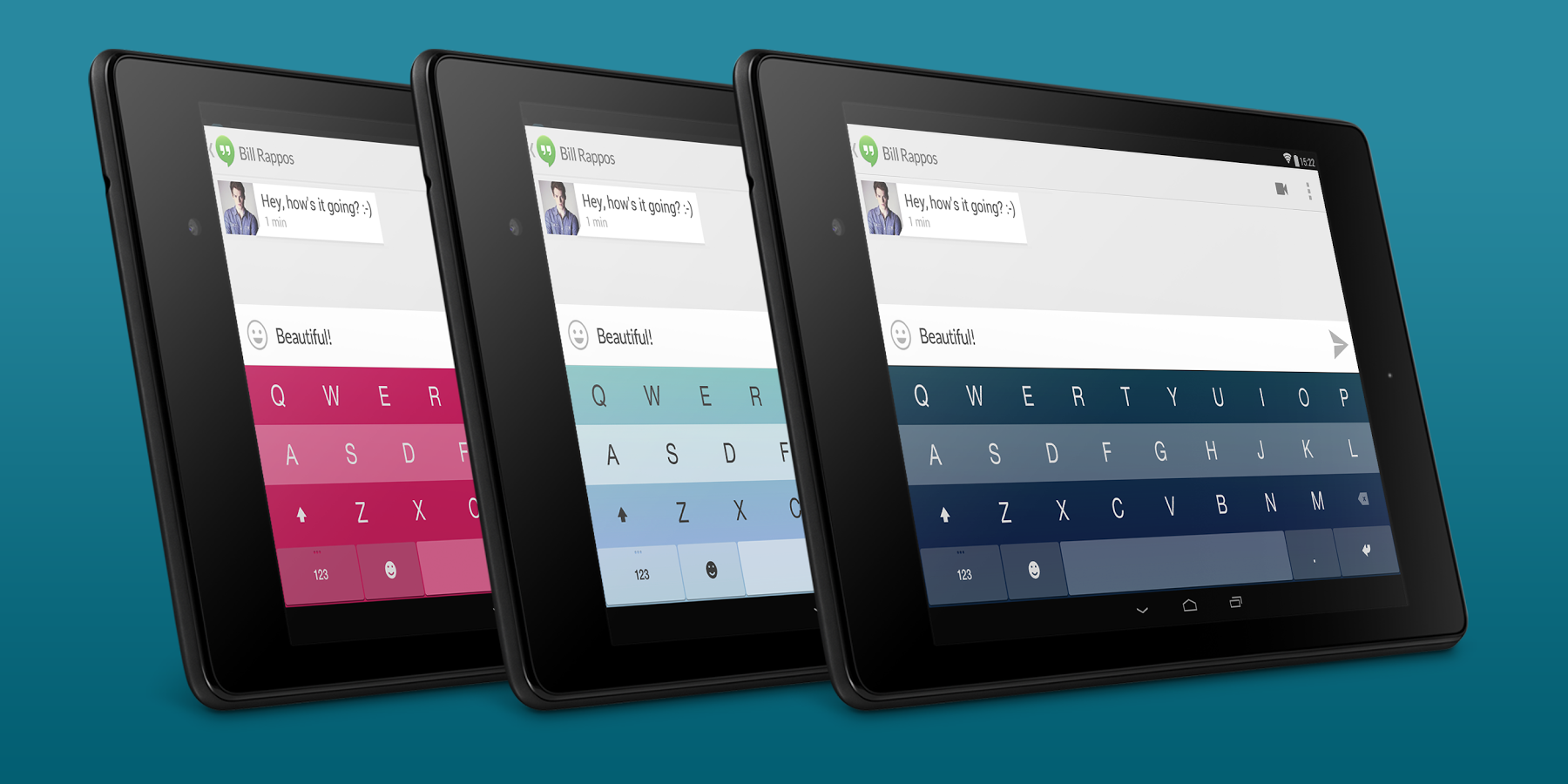

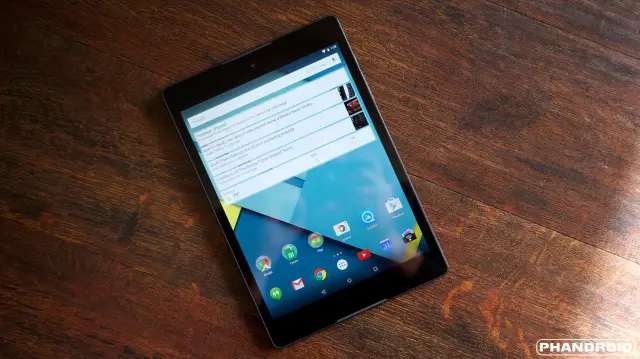
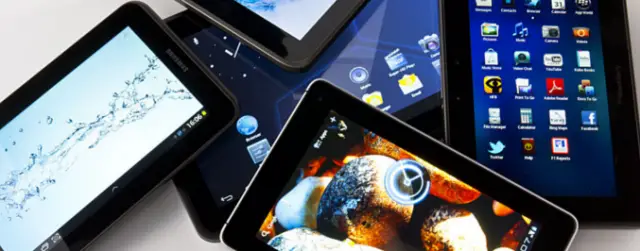


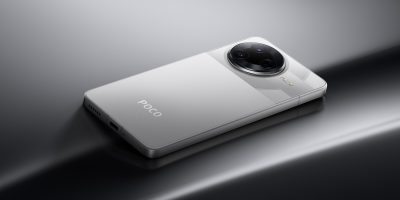





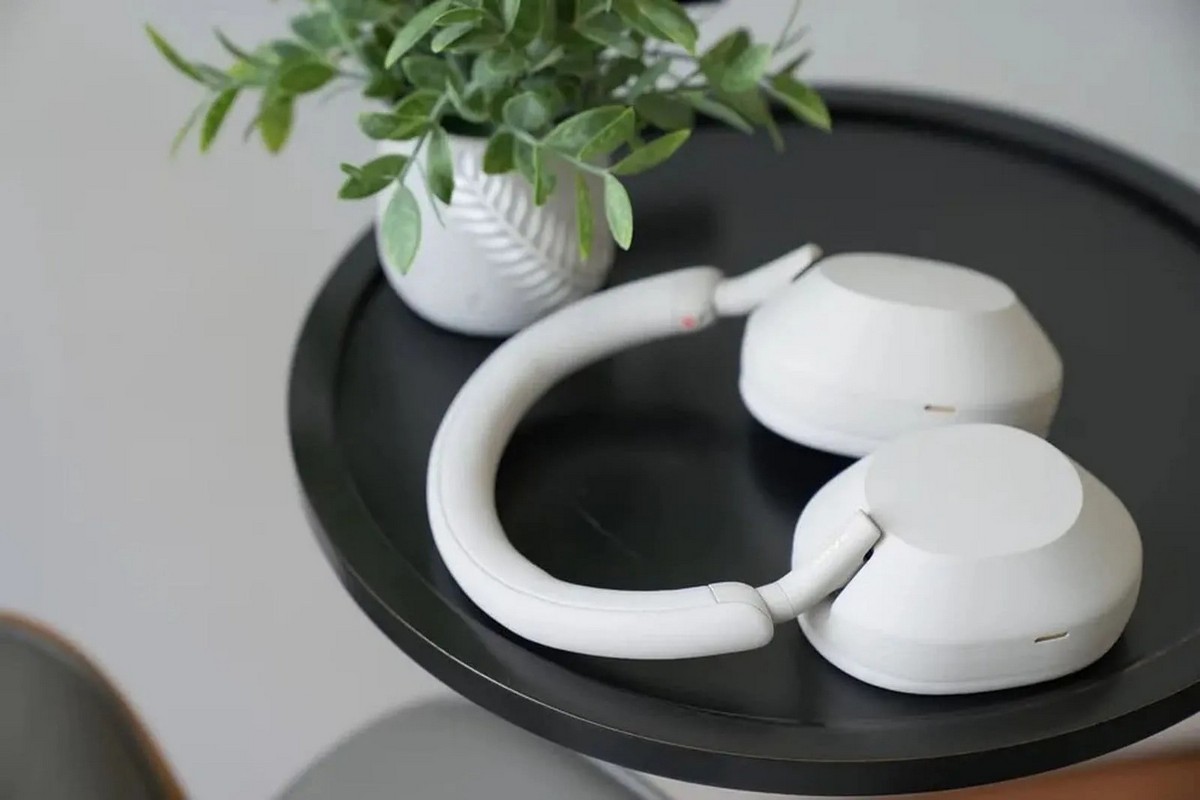
Comments